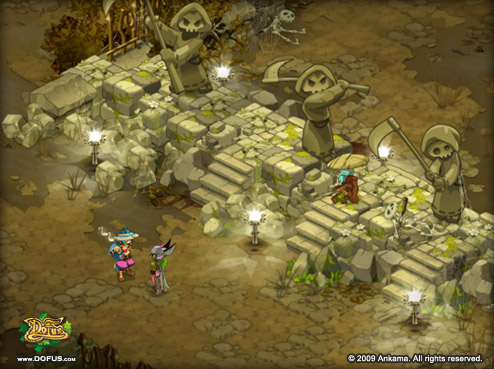

These anemones reproduce by cloning, and colonies often share the same DNA. A great example of this is the aggregating anemone ( Anthopleura elegantissima). One of the most interesting sea anemone facts is that colonies of sea anemones can fight each other for territories.

They can fight each other for their territory - and they can act like armies. This article belongs to and may not be reproduced, copied, edited, published, transmitted, or uploaded in any way without the permission of. The resulting individuals are genetically identical to the original sea anemone. By reproducing asexually, they essentially create clones of themselves. They may also reproduce by pulling themselves apart either horizontally or vertically. In asexual reproduction, they may reproduce through fragmentation or budding similar to plants. The resulting larvae become planktonic or free-floating organisms for a while before they settle on the seabed. This stimulates the females to release their eggs, and fertilization occurs either in the water or inside the bodies of the female sea anemones. For sexual reproduction, the male sea anemones typically spray their sperm into the water. They may use both sexual and asexual methods of reproduction.

Sea anemones tend to grow and reproduce at a slow rate, but they have different methods of reproduction. They can reproduce both sexually and asexually. Other species, such as Gonactinia prolifera and Stomphia coccinea can actively swim to new locations by either using their tentacles or their bodies. The sea onion ( Paranthus rapiformis) can even turn itself into a spherical shape and allow currents to roll it away. Some can detach themselves from surfaces and subsequently allow the currents to carry them to another area. Sea anemones can walk or glide slowly using their pedal discs, although the movement is so slow that it’s practically impossible to notice with the naked eye. However, they can also use their feet to move around if the conditions are unfit for their survival. Once they attach themselves to surfaces, they rarely move and may stay in the same spot for their entire life. Some species can even burrow into sand and mud. They use their pedal discs to attach themselves to surfaces such as rocks, shells, and submerged wood. The bodies of sea anemones are mostly cylindrical, with the top part being the oral disc and the bottom part being its pedal disc or “foot”. Another is that the clownfish evolved an immunity to the toxins of their host anemone species. One theory suggests that the mucus coating of clownfish renders them undetectable to the stinging organelles of sea anemones. There are a few theories on why the sea anemones don’t harm clownfish. This can help anemones grow larger and also aid in the respiration of the clownfish. Clownfish can also provide steady water flow around the tentacles of sea anemones. Their bright coloration may also lure in small fish for the sea anemones to prey on. This can thus aid in the growth and regeneration of the sea anemones. The feces of clownfishes also provide a source of nitrogen for the algae that live within the bodies of the sea anemones. In return, clownfish can defend sea anemones from parasites and potential predators. Clownfish can also feed on the scraps and dead tentacles of sea anemones. The clownfish and the sea anemone have a mutualistic relationship, which means that both organisms benefit from each other.īecause of their stinging tentacles, sea anemones provide protection for clownfishes and provide a safe nest site for the fish. Perhaps the most recognizable of which is the clownfish or anemonefish, which many of us may know because of the 2003 Pixar film Finding Nemo.

One of the most notable sea anemone facts is that several species of fish and crustaceans live within the tentacles of sea anemones.


 0 kommentar(er)
0 kommentar(er)
